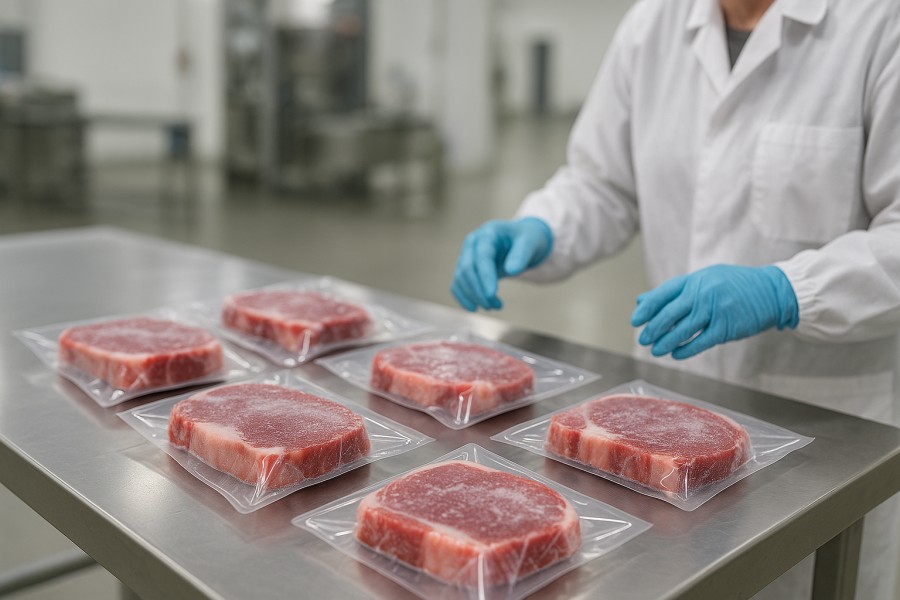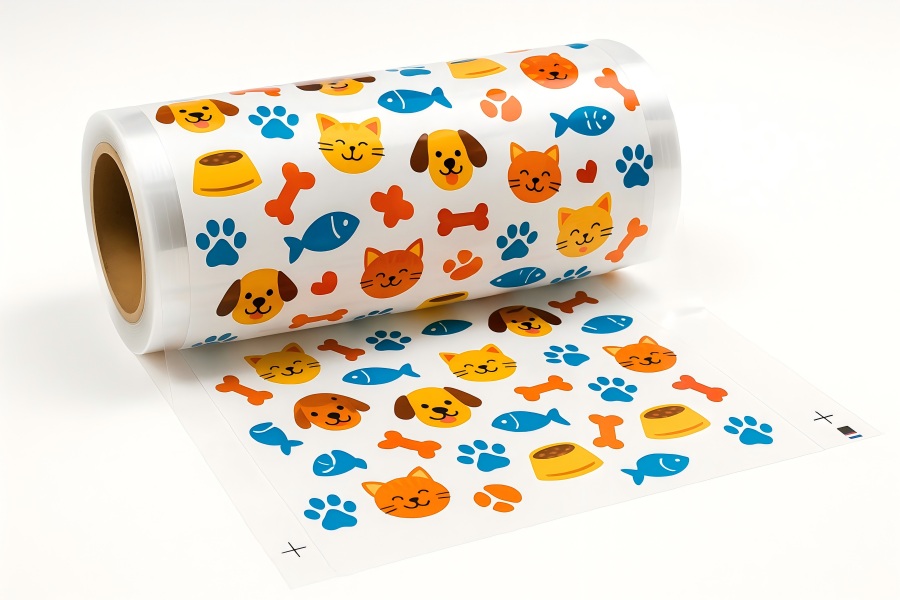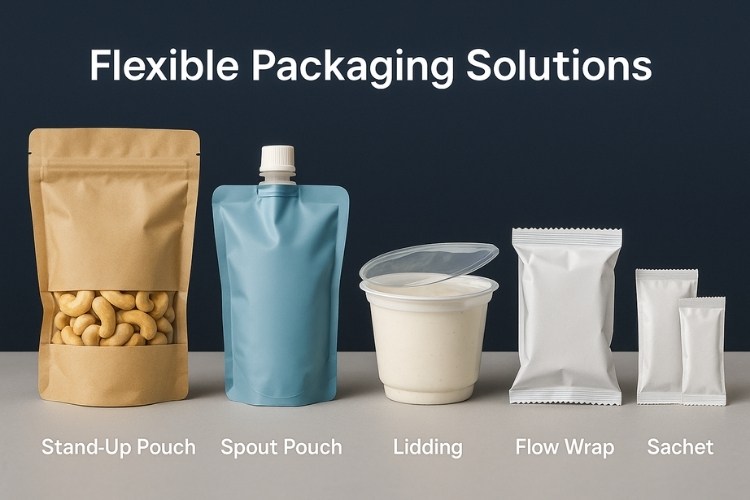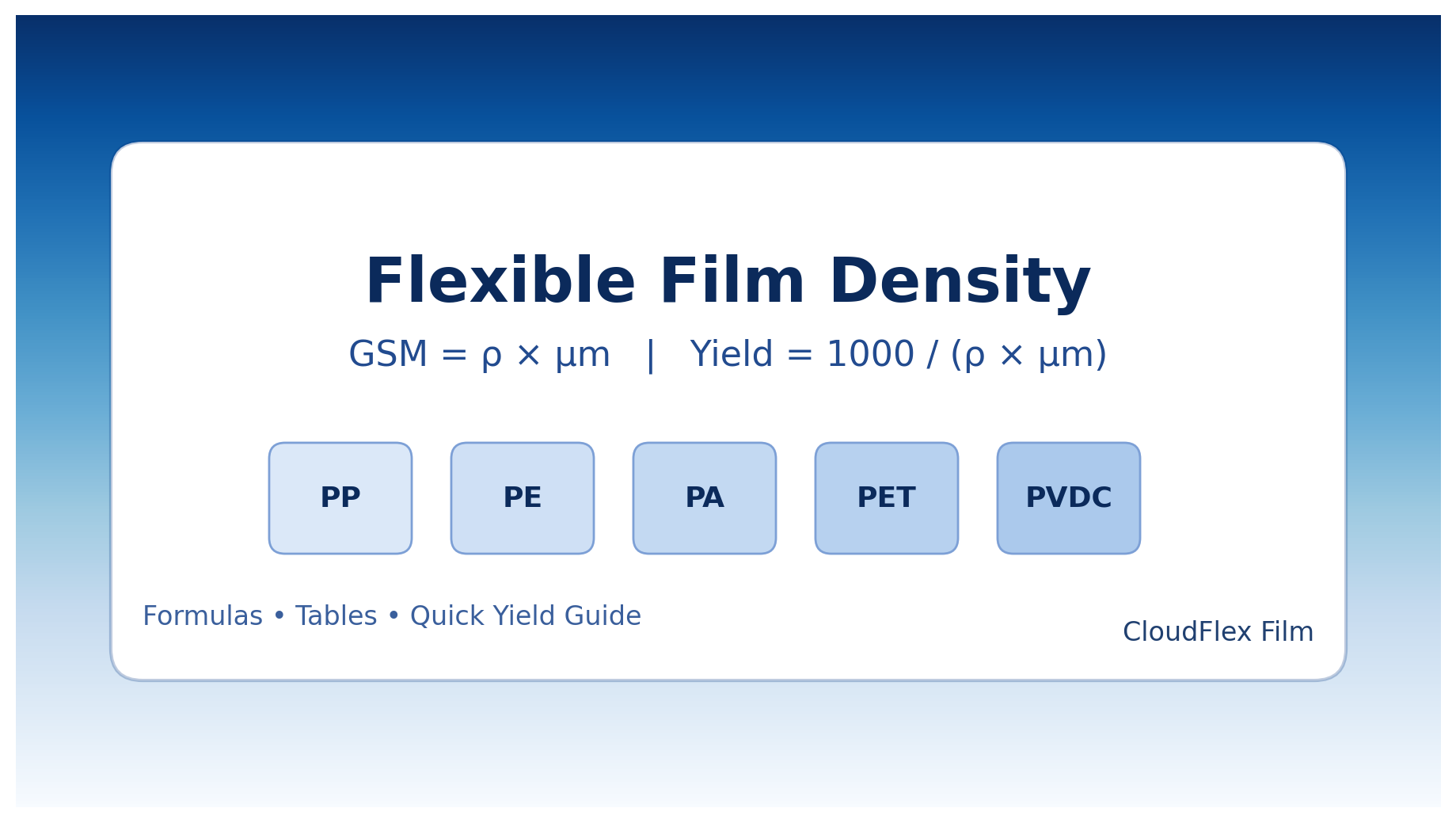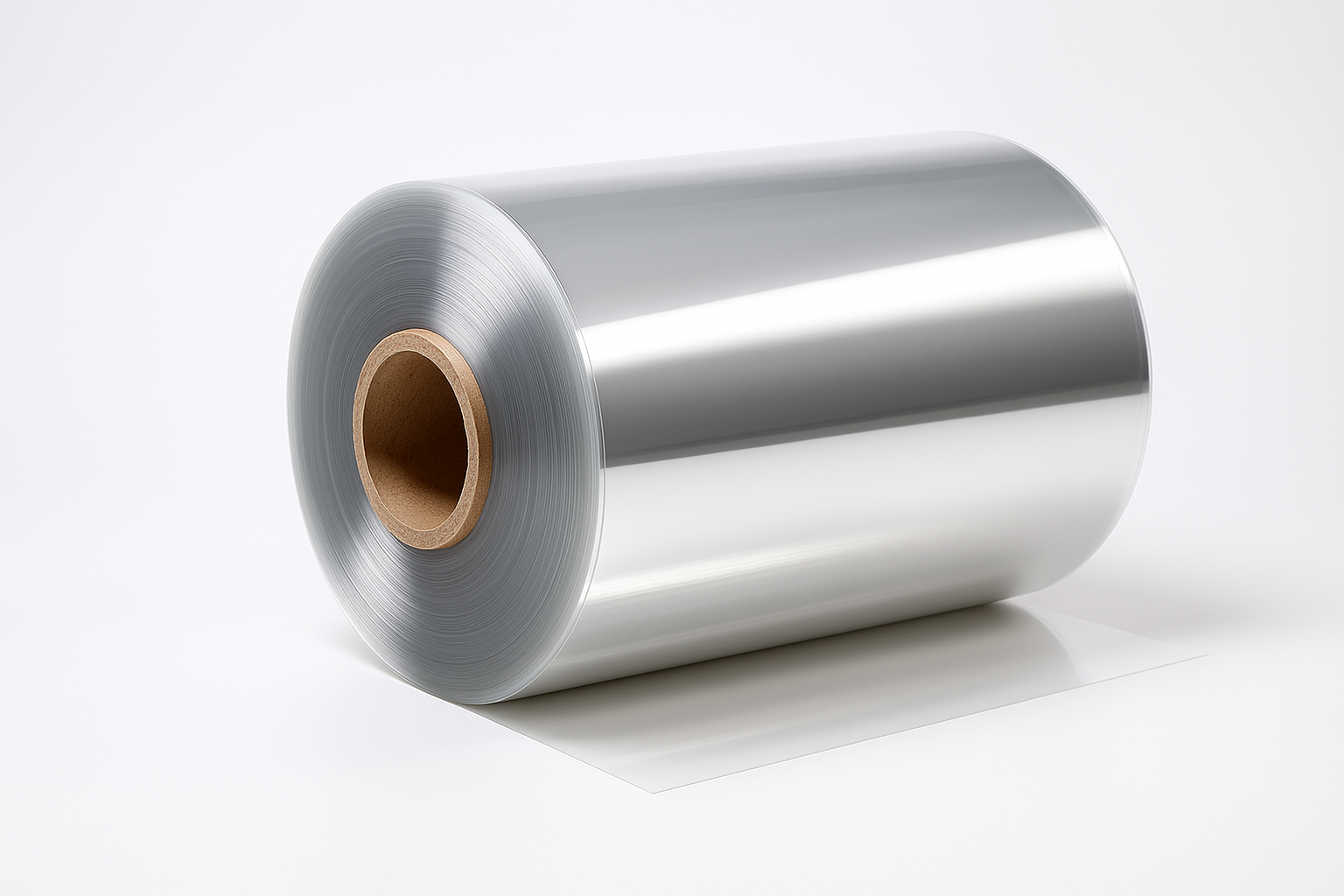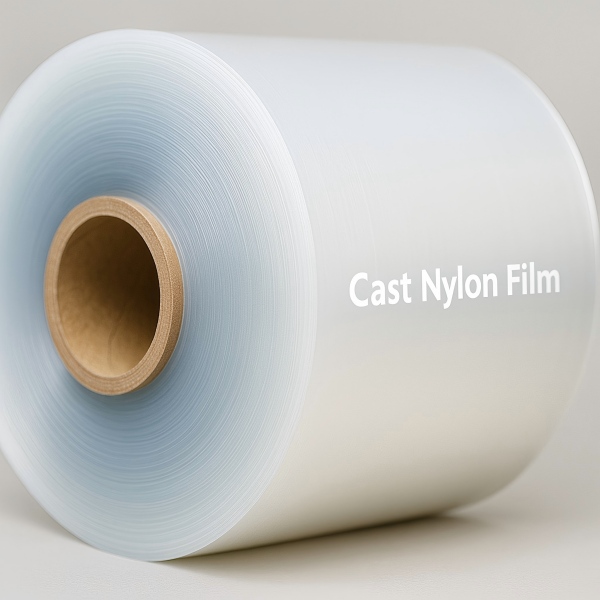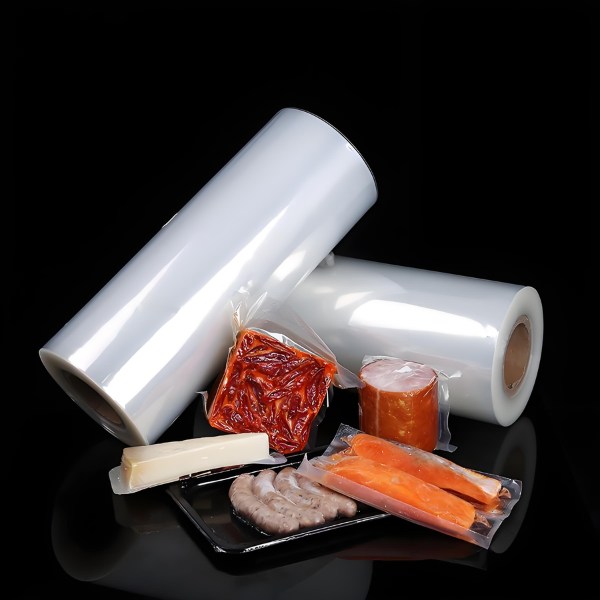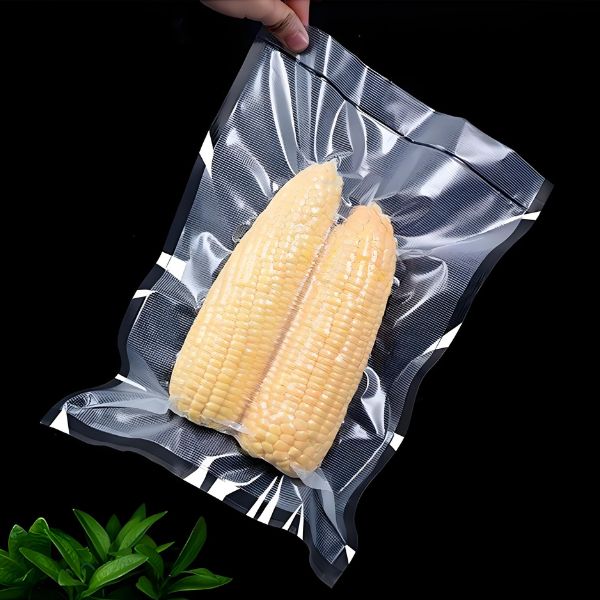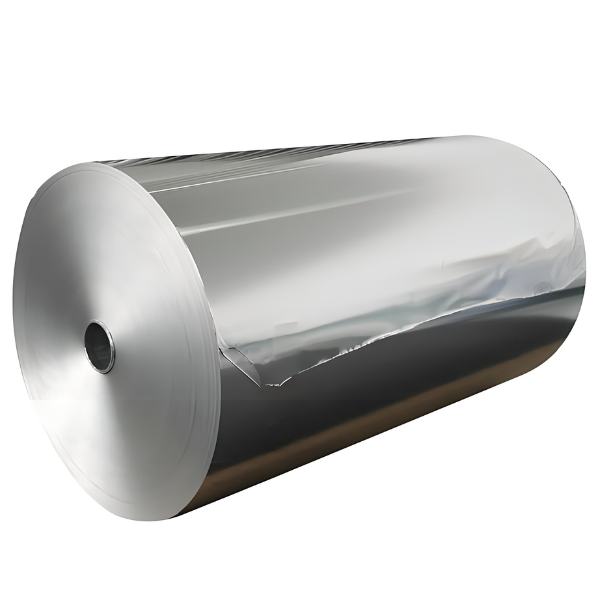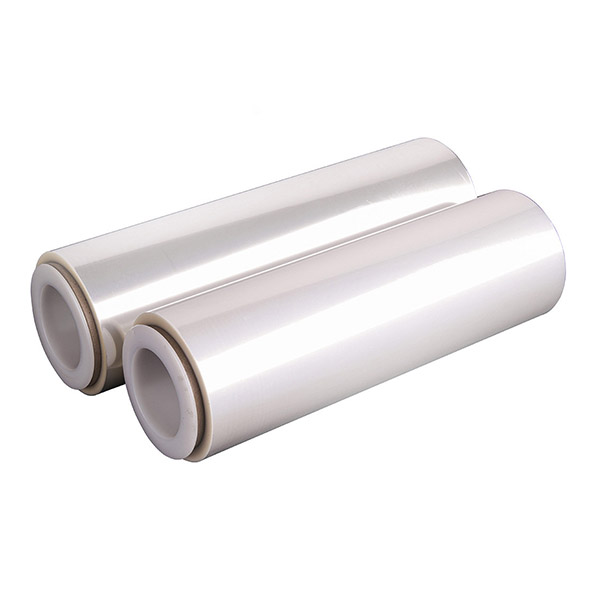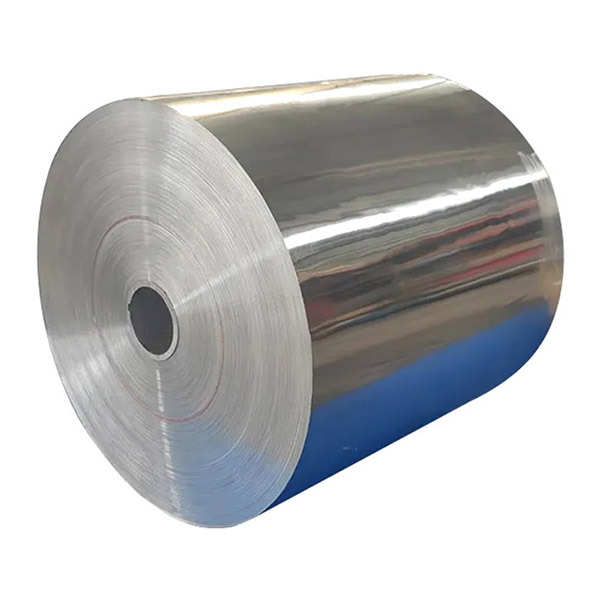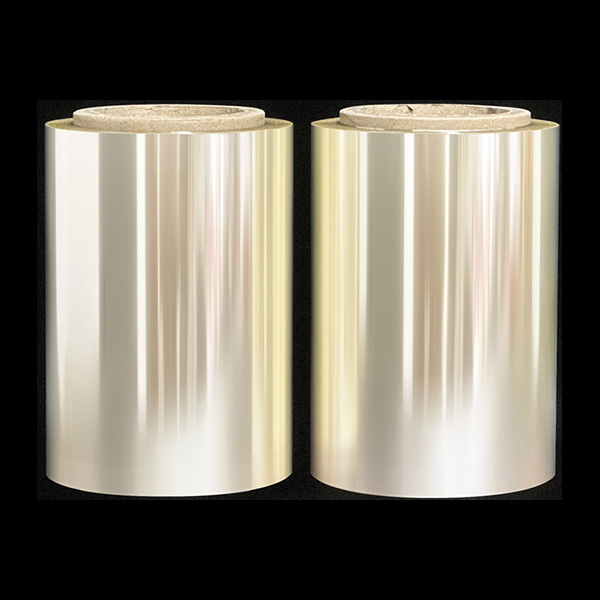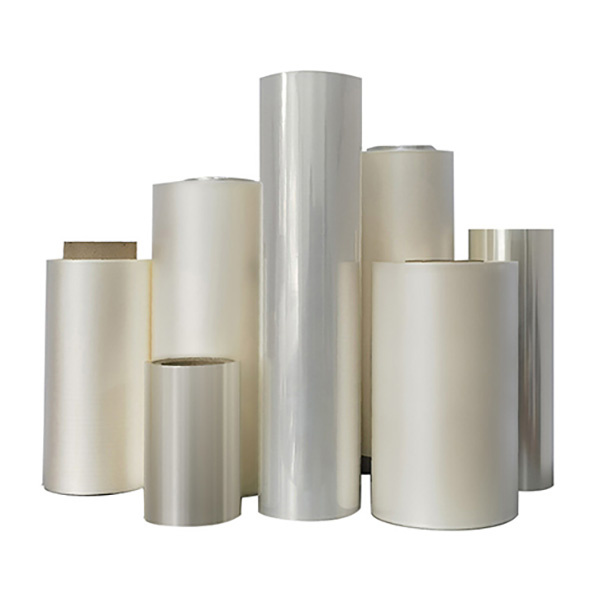Introduction
BOPA (Biaxially Oriented Polyamide) film is a high-performance plastic material widely used in flexible packaging, especially for food, pharmaceuticals, and industrial products. One of the key physical properties that determine its suitability for various applications is density.
Understanding BOPA film density helps manufacturers select the right material, optimize production processes, and ensure product performance.
In this guide, CloudFilm will walk you through what BOPA film density is, why it matters, how it’s measured, and how it affects the film’s properties and applications. Whether you are a packaging engineer, procurement specialist, or product developer, this article will give you the insights you need.
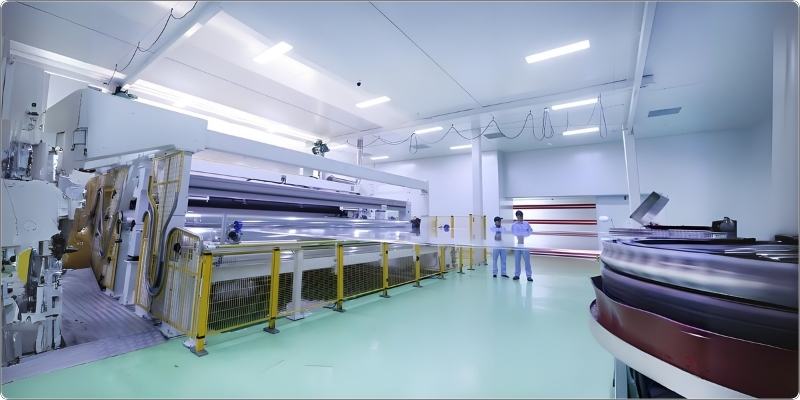
{ BOPA Film Production Line }
What is BOPA Film Density?
Density refers to the mass per unit volume of a material, typically expressed in grams per cubic centimeter (g/cm³). For BOPA films, density generally ranges between 1.13 and 1.16 g/cm³, depending on the formulation, additives, and production process.
Unlike materials such as BOPP (Biaxially Oriented Polypropylene) or PET (Polyethylene Terephthalate), BOPA has a higher density due to its molecular structure, which contributes to its excellent mechanical strength and barrier properties.
Why Does Density Matter in BOPA Films?
1. Mechanical Strength
Higher density often correlates with better tensile strength and puncture resistance. This makes BOPA films ideal for heavy-duty packaging applications, such as vacuum-sealed bags or retort pouches.
2. Barrier Performance
BOPA films are known for their excellent oxygen and aroma barrier properties. Density influences how tightly the polymer chains are packed, which in turn affects permeability. Higher density generally improves barrier performance.
3. Processing and Printability
Density affects how the film behaves during printing, lamination, and bag-making processes. Consistent density ensures uniform surface tension and ink adhesion.
4. Cost Efficiency
Since density affects material usage per unit area, understanding and controlling it can help reduce material costs without sacrificing performance.
How is BOPA Film Density Measured?
There are several standard methods to measure the density of BOPA films:
1. Gradient Column Method (ASTM D1505)
This is the most accurate technique. A density gradient column is prepared using liquids of different densities. The film sample is immersed, and its position in the column indicates its density.
2. Displacement Method (Archimedes Principle)
The sample is weighed in air and then in a liquid of known density. The difference in weight is used to calculate the film’s density.
3. Digital Density Meters
Modern instruments can quickly measure density by combining electronic weighing with volume displacement.

{ Various Density Testing Instruments }
Factors Affecting BOPA Film Density
1. Raw Material Composition
Different grades of polyamide resin and additives (e.g., slip agents, antistats) can slightly alter the final density.
2. Biaxial Orientation Process
The stretching process during film production aligns the polymer chains, which can increase density and improve mechanical properties.
3. Crystallinity
Higher crystallinity generally leads to higher density. Processing conditions such as cooling rates and annealing affect crystallinity.
4. Thickness and Uniformity
Variations in thickness across the film can lead to inconsistent density readings.
Industry Standards and Specifications
Most BOPA film manufacturers adhere to international standards for quality control:
- ASTM D1505: Standard Test Method for Density of Plastics by the Density-Gradient Technique
- ISO 1183: Plastics — Methods for determining the density of non-cellular plastics
- GB/T 1033: Chinese standard for testing the density of plastics
CloudFilm ensures all BOPA films meet these standards and provides density certificates upon request.
Practical Applications Based on Density
1. Food Packaging
High-density BOPA films are preferred for retort and boil-in-bag packaging due to their superior strength and barrier properties.
2. Pharmaceutical Packaging
Controlled density ensures consistent film performance in blister packs and medical pouches, where sterility and protection are critical.
3. Industrial Uses
In electronics and automotive components, BOPA films with specific density values are used for insulation and protective layers.
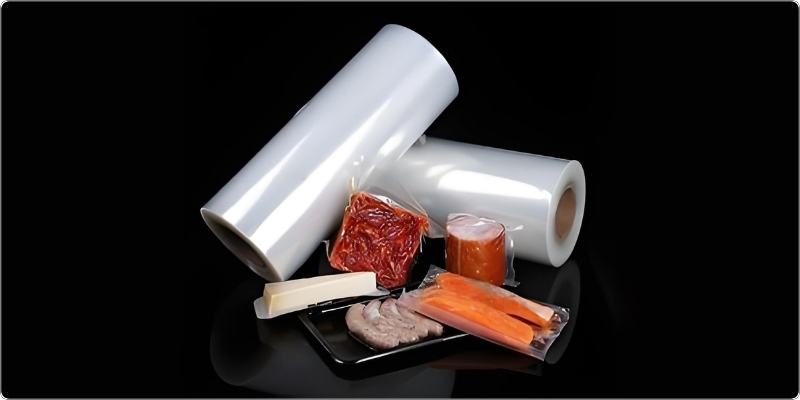
{ BOPA Film Used for Various Packaging Applications }
Frequently Asked Questions (FAQ)
Q1: Is higher density always better for BOPA films?
Not necessarily. While higher density often improves strength and barrier properties, it may reduce flexibility. The optimal density depends on the application.
Q2: How does density affect the cost of BOPA film?
Higher density means more material per square meter, which can increase costs. However, the improved performance may justify the expense in demanding applications.
Q3: Can CloudFilm customize BOPA film density?
Yes, CloudFilm offers tailored BOPA film solutions with controlled density ranges to meet specific customer requirements.
Conclusion
BOPA film density is a fundamental property that influences everything from mechanical performance to processing behavior and cost. By understanding how density is measured, what affects it, and how it impacts real-world applications, you can make better material choices and optimize your packaging solutions.

{ Contact CloudFilm for Free Nylon Film Samples }
At CloudFilm, we combine advanced manufacturing technology with strict quality control to produce BOPA films with consistent and reliable density. Contact us today to learn more about our products or request a sample tailored to your needs.


